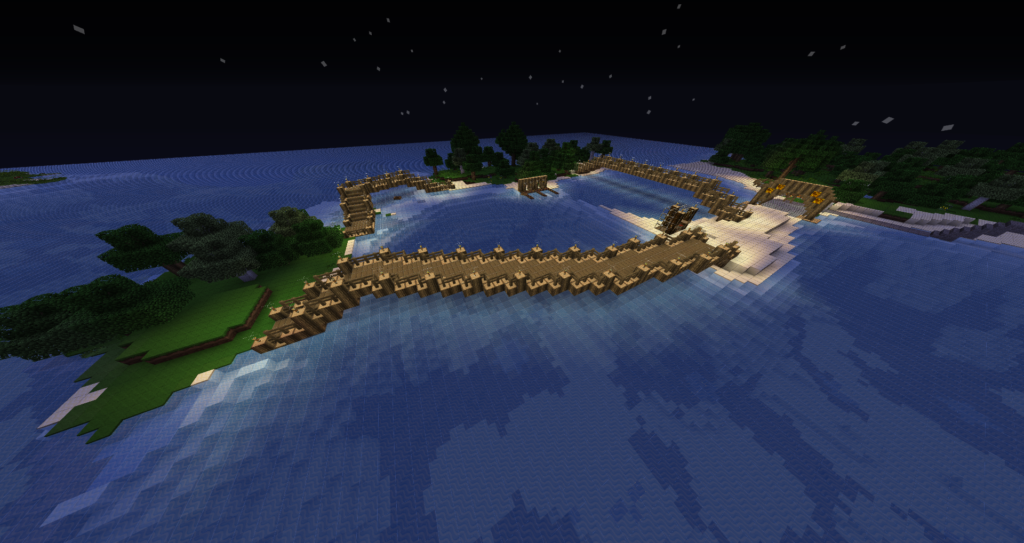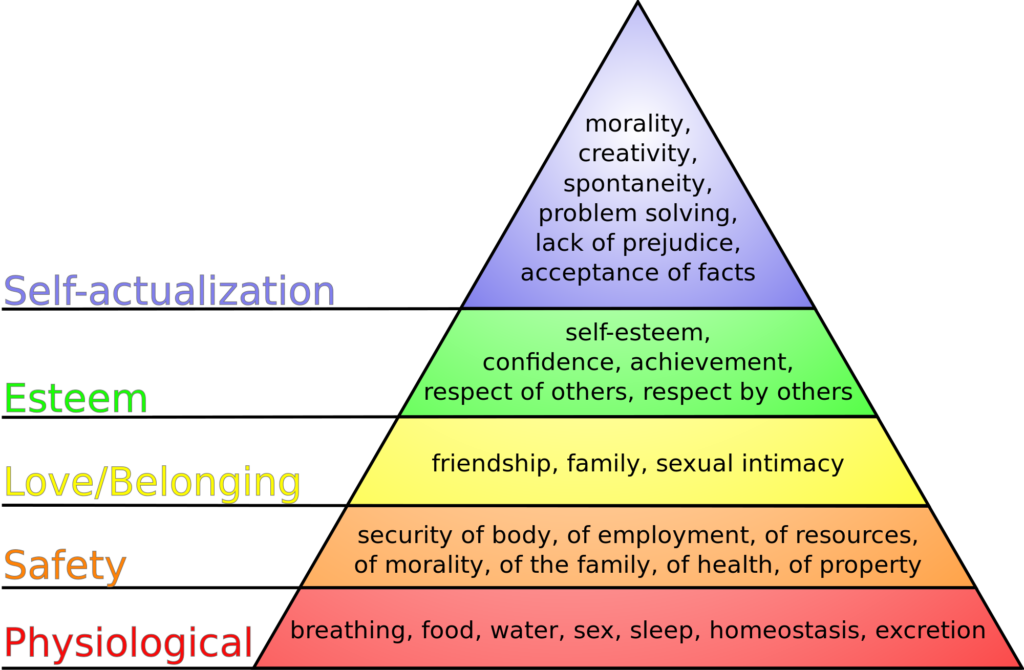Board games are complex projects. Every board game is unique. It’s not a commodity like ballpoint pens, Corn Flakes, or toilet paper. You can’t use purely quantitative metrics to check whether it’s good or not. You can’t even directly compare your board game to other board games. To know whether your board game is complete, you have to use qualitative metrics. You have to play it with a lot of people and measure its quality by their opinions. Board game quality testing is very subjective.
Looking for more resources to help you on your board game design journey?
Here you go: no email required!
Like this writing style?
Check out my latest blog on marketing here.
The fact that you have to rely on qualitative metrics doesn’t mean you can’t take a scientific approach to perfecting your game. You have to be very careful when gathering others’ opinions. You have to ask the right questions and observe their relevant reactions. It helps to make a list of what you’re looking for. However, creating that list requires philosophy and introspection.

Sometimes when thinking about difficult problems, I do a question/answer session inside my own head. It’s the best way I know of tackling complex, vague questions like “how do you know when a board game is complete?” If you’ll indulge me for a moment, I’ll show you what that’s like.
Q: How do you know when your game is complete?
A: When it gives people what they’re looking for in a board game.
Q: Gee thanks, professor. That’s a little bit vague. What are people looking for when they play a board game?
A: Remember that scholarly research about this question in the Minecraft post? “[P]erceived in-game autonomy and competence are associated with game enjoyment, preferences, and changes in well-being pre- to post-play. Competence and autonomy perceptions are also related to the intuitive nature of game controls, and the sense of presence or immersion in participants’ game play experiences.”

Q: How does that apply to board games?
A: First, strip out all obstacles to immersion. Make sure you have a clear objective and rules. Make sure you have a basic sense of balance and no runaway leaders. Make sure players have some intuitive sense of the strategy they need to use to play.
Q: But wouldn’t that make a very mediocre, bland game?
A: It would, but failure to accomplish these basics would prevent you from getting any further. It’s like Maslow’s hierarchy of needs. You don’t care about your self-esteem when you’re starving!

Q: So after you accomplish the basics, what would come next?
A: Make sure your game has inertia for winners, but a catch-up feature for losers. Make sure different strategies work. Make sure it’s not always predictable…you want an element of surprise. Make sure your game has a different flavor than anything else out there. Make sure it’s got “hooks” that you can easily describe to others to get them interested. Oh…and make sure people find it fun!
Q: Is that everything?
A: Nope! We’re only talking about the gameplay itself. You need to test the art and every component. You need to proofread the game about 10-15 times.
Q: When you say testing, what does that entail?
A: Blind play testing. Lots and lots of blind play testing. Get everything you can right on your own, then get others to help you out. You can’t see all your problems.
As you can see, there’s a lot that goes into calling a board game complete. This is not even considering the business side of the equation.
The important takeaway is this: you must ask yourself hard questions about your game and improve it until you are satisfied. No one can give you answer to this question, but I have given you a method to approach the question.
Bonus content: a list of all the completion criteria in this article
- Remove obstacles to immersion
- Clear objective
- Clear rules
- Basic balance
- No runaway leaders
- Basic sense of what to do
- Good game characteristics
- Inertia for winners
- Catch-up feature for losers
- Multiple viable strategies
- Element of surprise
- Different flavor from all other games
- “Hooks” used to describe the game
- Testing
- Art
- Components
- Proofreading




